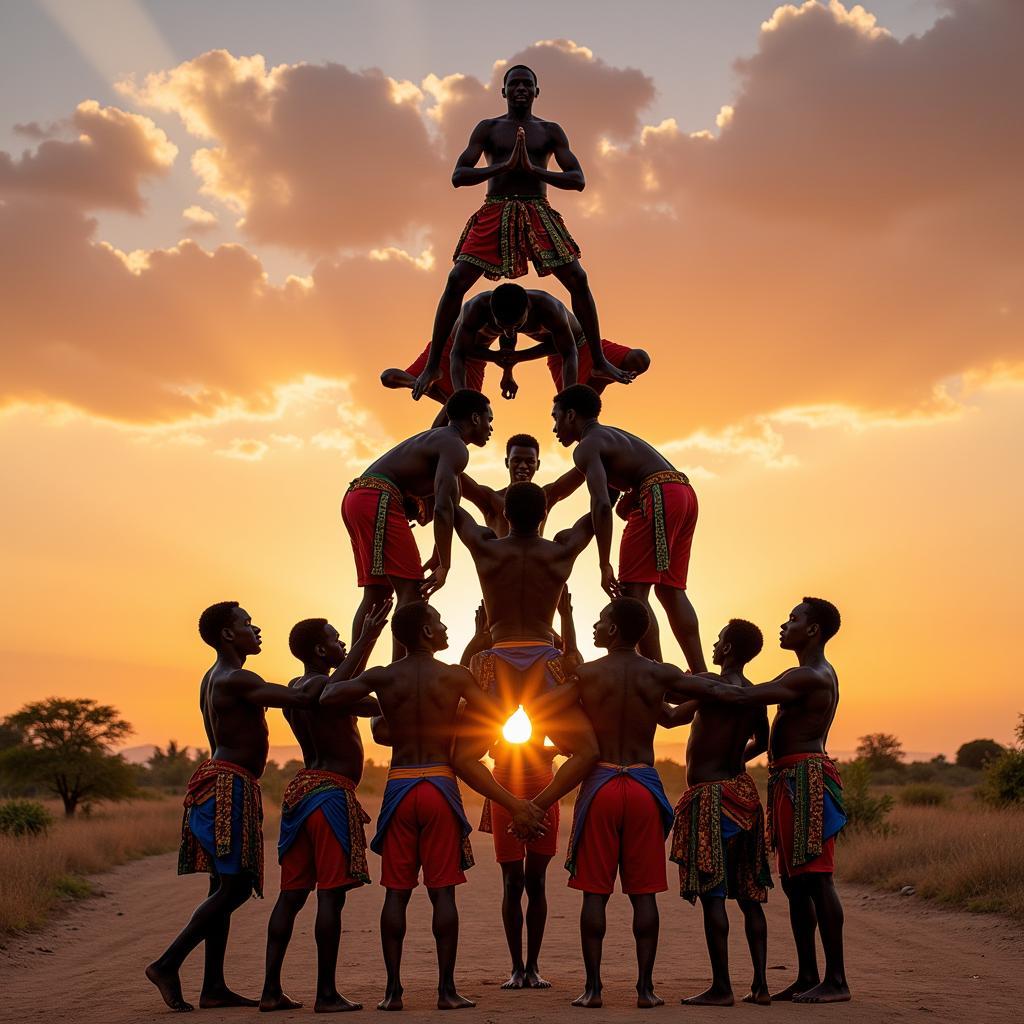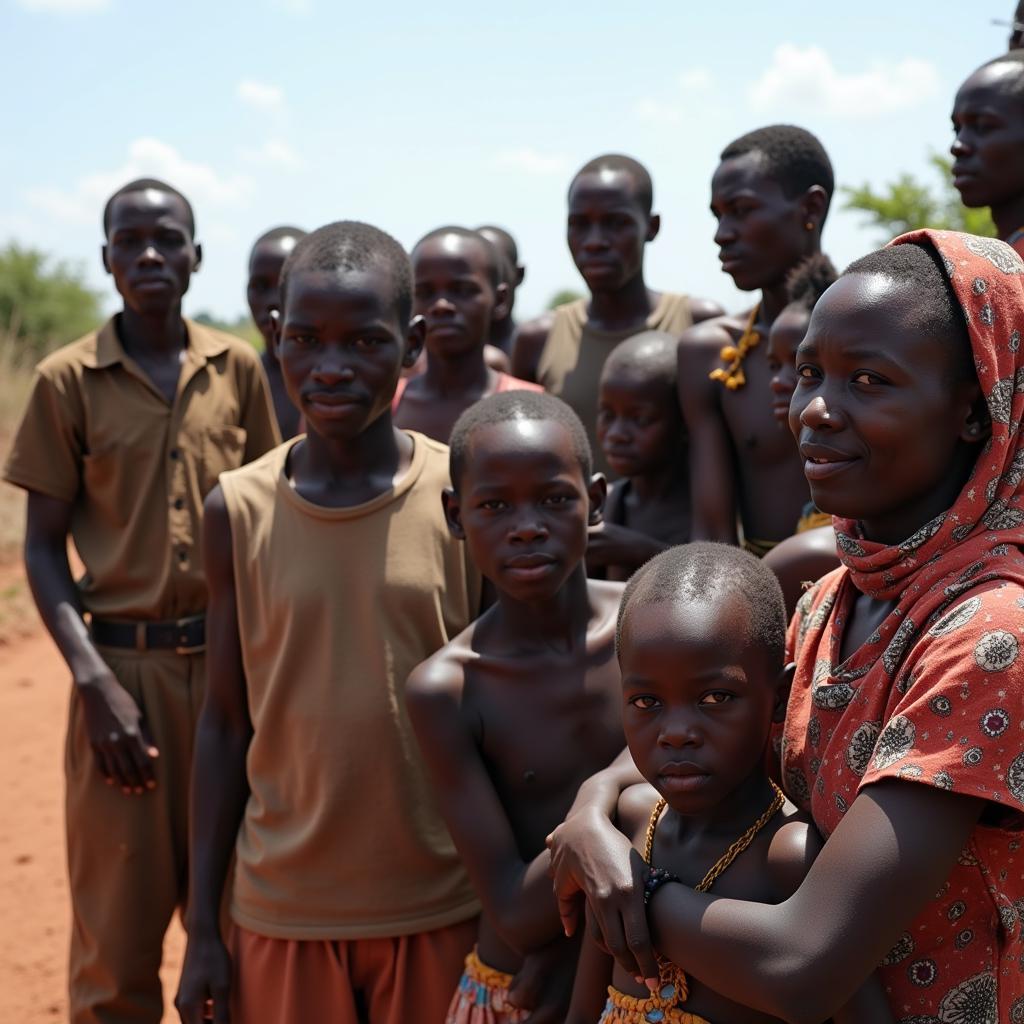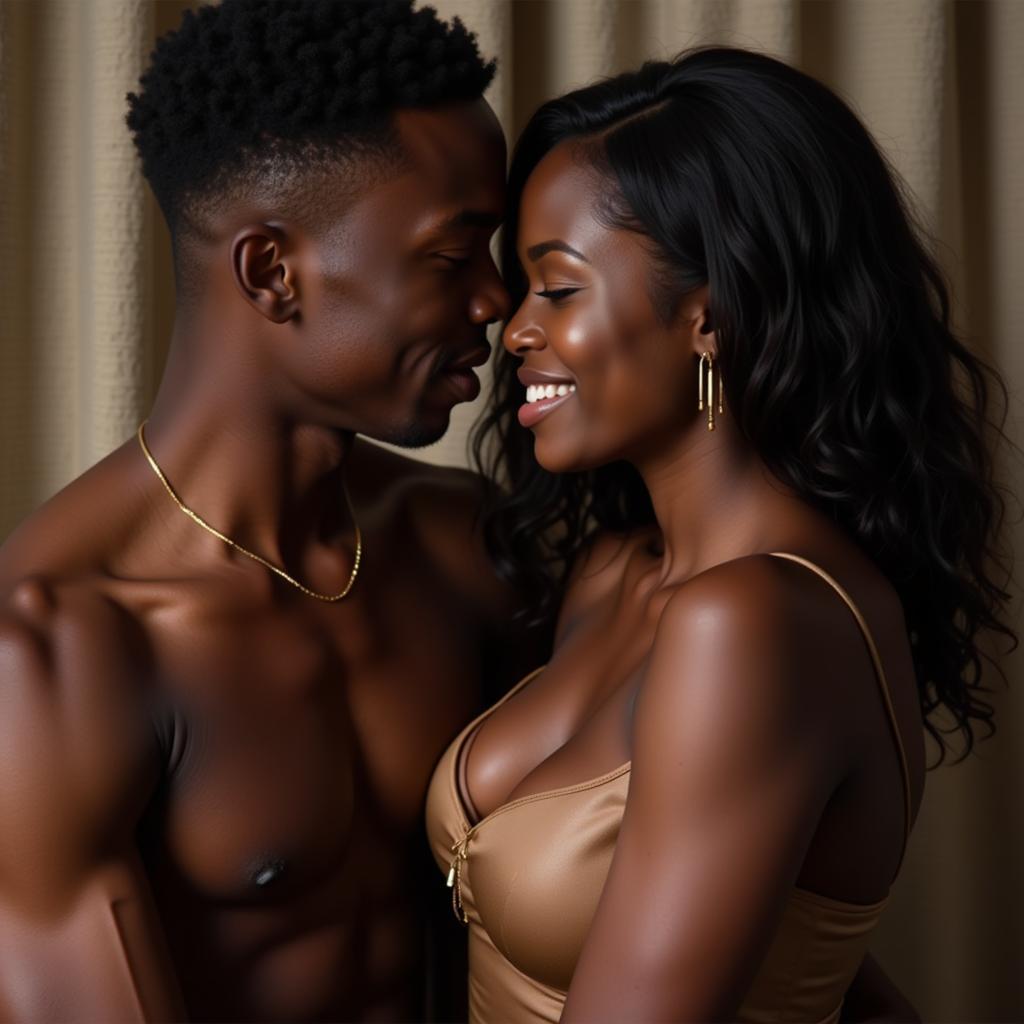African Beauties Dance: A Celebration of Culture and Heritage
African Beauties Dance is more than just rhythmic movement; it’s a powerful expression of culture, history, and spirituality deeply embedded within the fabric of African societies. From the vibrant dances of West Africa to the intricate footwork of East Africa, dance forms across the continent tell stories, celebrate life, and connect communities. These dances are not merely performances; they are living traditions, passed down through generations, preserving ancestral wisdom and cultural identity.
Dance in Africa is inextricably linked to music, often accompanied by rhythmic drumming, melodic singing, and the enchanting sounds of traditional instruments. This fusion of movement and music creates a mesmerizing spectacle that transcends entertainment, becoming a sacred ritual and a powerful form of communication. Whether it’s a celebration of harvest, a rite of passage, or a spiritual ceremony, dance plays a vital role in marking important milestones and expressing shared experiences.
Exploring the Diversity of African Beauties Dance
The beauty of African dance lies in its incredible diversity. Each region, tribe, and ethnic group boasts unique styles and traditions. While some dances are characterized by energetic movements and vibrant costumes, others are more subtle and introspective. Understanding this diversity provides valuable insights into the rich tapestry of African cultures. For instance, the energetic dances of West Africa, like the Azonto, often celebrate joyous occasions, while the graceful movements of East African dances, such as the Kiganda, often tell stories and express emotions.
The Significance of Costumes and Adornments
Costumes and adornments play an essential role in African dance, adding another layer of meaning and visual splendor to the performance. Often crafted with intricate details and vibrant colors, these costumes are not merely decorative; they often hold symbolic significance, representing specific clans, spirits, or social statuses. From the elaborate headdresses of the Maasai to the colorful textiles of West Africa, the costumes and adornments enhance the beauty and storytelling aspect of the dance. These costumes often incorporate natural elements such as feathers, shells, and beads, reflecting a deep connection to the environment.
What are some common instruments used in African dance music?
Drums are central to many African dance traditions, providing the rhythmic pulse that drives the movement. Other instruments include the kora (a West African harp-lute), the mbira (a thumb piano), and various flutes and stringed instruments. These instruments create a rich and complex soundscape that enhances the emotional impact of the dance.
The Role of Dance in African Society
Traditional African dance is not confined to the stage; it is woven into the fabric of everyday life. It’s a means of socialization, education, and spiritual expression. From a young age, children learn the dances of their ancestors, inheriting a rich cultural legacy. Dance is used to teach moral values, social norms, and practical skills. It also serves as a powerful tool for community building, bringing people together to celebrate, mourn, and connect with their heritage.
Dr. Abena Osei, a renowned ethnomusicologist from Ghana, states, “African dance is a conversation between the past, the present, and the future. It’s a living archive of cultural knowledge and a testament to the resilience and creativity of African people.”
How has African dance influenced other dance forms around the world?
African dance has had a profound impact on various dance forms globally, including jazz, tap, and contemporary dance. The rhythmic complexity, grounded movements, and improvisational elements of African dance have inspired choreographers and dancers worldwide. You can discover more about the influence of African art on children’s crafts by exploring resources like african arts and crafts for kids.
Conclusion
African beauties dance is a testament to the rich cultural heritage of the continent. It’s a vibrant expression of life, history, and spirituality, passed down through generations. By understanding the significance of these dances, we can appreciate the beauty and complexity of African cultures. From the energetic movements to the vibrant costumes, African dance captivates and inspires. The next time you witness African beauties dance, remember that you are witnessing more than just a performance; you are witnessing a living tradition, a celebration of life, and a powerful connection to the past. Explore the enchanting world of African butterflies african butterfly for further insights into the continent’s vibrant biodiversity. Let us continue to celebrate and preserve these beautiful traditions for generations to come.
FAQ
- What is the significance of masks in some African dances?
- Are there differences between male and female dance roles in African traditions?
- How is dance used in storytelling in African cultures?
- What are some of the most famous African dances?
- Where can I learn more about African dance?
- How are African dances adapting in the modern world?
- Are there opportunities to experience authentic African dance performances?
Need more information on the fascinating world of African flora and fauna? Check out this article on african flowering plants and the vibrant birdlife in Trichy, India with its african birds in trichy. While we appreciate the interest in all aspects of African beauty, we kindly request that you refrain from searching for explicit content like “african bueties sex videos” as it does not align with our mission of cultural preservation and education.
For any assistance, please contact us at +255768904061 or kaka.mag@gmail.com. You can also visit us at Mbarali DC Mawindi, Kangaga, Tanzania. We have a 24/7 customer service team ready to assist you.


